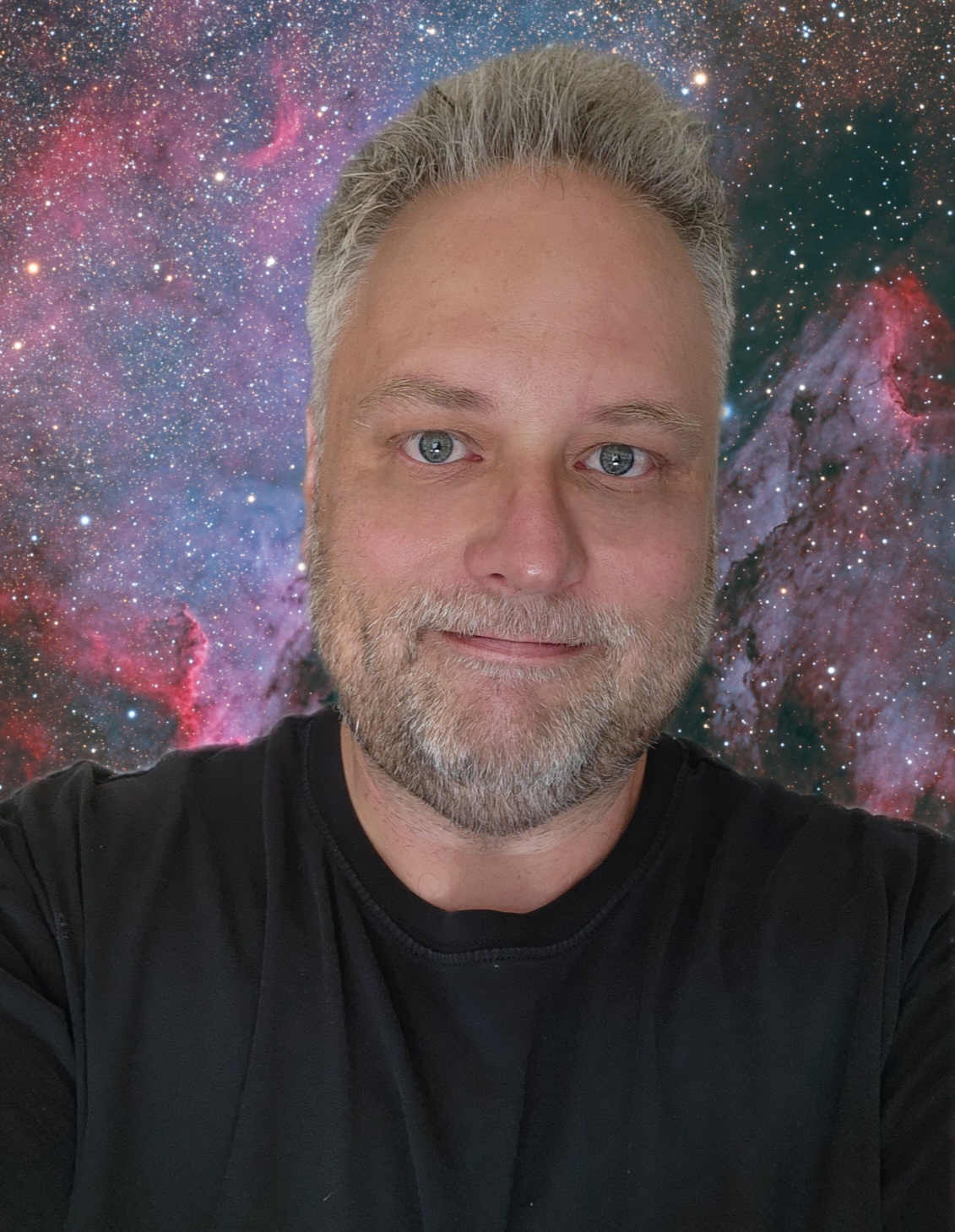No products in the cart.
For summer stargazers and astrophotographers, the Lagoon Nebula (M8) and Trifid Nebula (M20) are definitely in the top 10 for deep sky objects to observe and photograph.
M8 the Lagoon Nebula (left in image) is approximately 4,077 light years from Earth. Interesting enough this night sky treasure of glowing ionized gas is visible with the naked-eye away from city lights (light pollution) not far above the spout of the Teapot asterism of the constellation of Sagittarius.
M20 the Trifid Nebula (right in image) is 5,200 light years from Earth and is a mix of both emission nebula, reflection nebula and dark nebula. It’s name means ‘divided into three lobes’.
This image was taken in August of 2011 but was not part of my online collection as it was originally meant for inclusion in a HaRGB image. With the growing problem of light pollution all around us and the inability to effect change with how society uses (or misuses) artificial lighting at night, I have taken more of an interest in narrowband imaging which helps quite a bit to mitigate the negative effects of light pollution. This H-alpha image represents some data from my archives I found an interest in re-processing.
Images details:
- Skywatcher Equinox 80mm APO Refractor w/.8x reducer (400mm FL)
- Filter modified Canon 350 Rebel/XT DSLR
- Baader 7nm H-alpha filter
- 5min exposures at ISO1600
- Calibration, align, stack, processing in Pixinsight
- Total of 1-hour and 35min of data (not much but wow!)
Hope you enjoy this image. Please share using the social icons and leave your comments or questions below.
#Clearskies!
Gas Clouds Of Lagoon Nebula and Trifid Nebula in H-alpha was last modified: August 3rd, 2014 by

My story began more than 40 years ago looking up at the Moon with a small telescope my Father had. Encouraged by my parents, who bought me my very own telescope, a 4.5″ reflector, I began to explore the night sky from my family home backyard. Today I do astrophotography from my home in Kitchener, Ontario and also with remote telescopes located in New Mexico and Australia. Some of my images have won awards and have been featured online and in magazines.



Leave a comment...